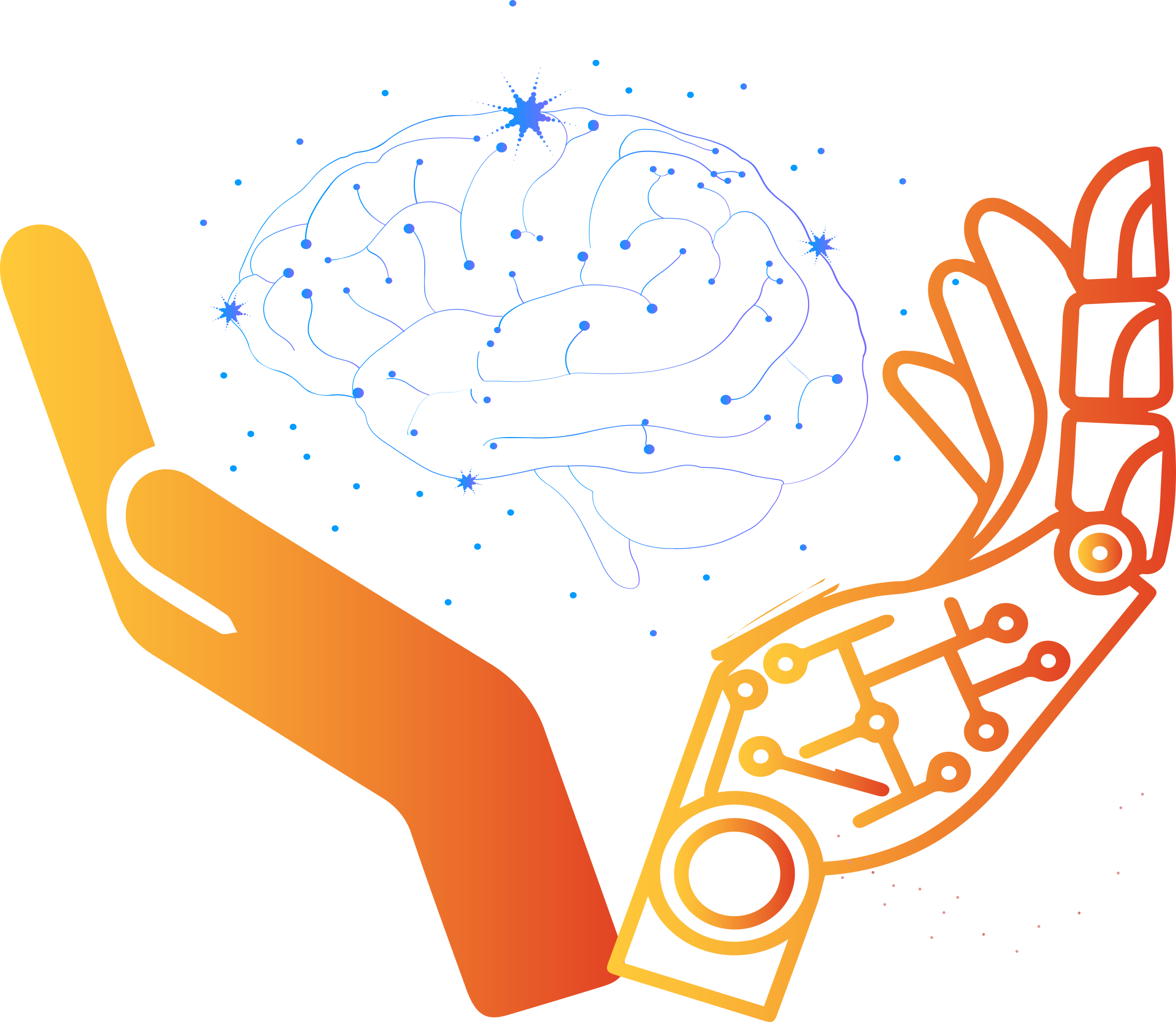Autonomous Vehicles: The Future of Transportation with Robotic Technology
The advancement of robotic technology has revolutionized various industries, and the transportation sector is no exception. With the development of autonomous vehicles, the future of transportation is undergoing a significant transformation. Self-driving cars, trucks, buses, and even drones are becoming a reality, promising to revolutionize how people and goods are transported. In this blog, we will delve into the world of autonomous vehicles and explore how robotic technology is shaping the future of transportation.
What are Autonomous Vehicles?
Autonomous vehicles, also known as self-driving vehicles or driverless vehicles, are vehicles that have the capability to navigate and operate without human intervention. These vehicles are equipped with various sensors, cameras, and advanced computing systems that allow them to perceive their environment, make decisions, and take actions to operate safely and efficiently on the road.
Autonomous vehicles can be classified into different levels based on their level of autonomy, as defined by the Society of Automotive Engineers (SAE). These levels range from Level 0, where the vehicle has no automation, to Level 5, where the vehicle is fully autonomous and can operate in all driving conditions without any human intervention.

How Robotic Technology is Enabling Autonomous Vehicles?
The development of autonomous vehicles is heavily reliant on robotic technology. Here are some key areas where robotics is enabling the advancement of autonomous vehicles:
- Sensing and Perception: Autonomous vehicles are equipped with various sensors, such as LiDAR (Light Detection and Ranging), cameras, radar, and ultrasonic sensors, that provide real-time data about the vehicle’s surroundings. These sensors allow the vehicle to perceive its environment, identify objects, detect obstacles, and track other vehicles, pedestrians, and cyclists on the road. Robotic technology plays a crucial role in the development of these sensors and their integration into autonomous vehicles, enabling them to navigate safely and make informed decisions.
- Decision Making and Control: Autonomous vehicles rely on complex algorithms and artificial intelligence (AI) systems to analyze the data collected by sensors, interpret the road conditions, and make real-time decisions on how the vehicle should respond. These decisions include accelerating, braking, turning, changing lanes, and even making decisions in complex traffic scenarios. Robotic technology provides the computational power and AI capabilities required for autonomous vehicles to process large amounts of data and make quick decisions, ensuring safe and efficient operation on the road.
- Navigation and Mapping: Navigation and mapping are crucial components of autonomous vehicles. Robotic technology is used to develop high-definition maps that are used by autonomous vehicles for precise positioning and localization. These maps provide detailed information about the road geometry, lane markings, traffic signs, and other relevant data that helps the vehicle understand its position and navigate accurately. Additionally, robotic technology is used to develop advanced GPS and localization systems that provide centimeter-level accuracy, essential for the safe operation of autonomous vehicles.
- Human-Machine Interaction: Human-machine interaction is a critical aspect of autonomous vehicles, especially during the transition period when vehicles with different levels of autonomy share the road with human-driven vehicles. Robotic technology is used to develop intuitive user interfaces, voice recognition systems, and other communication tools that allow passengers and pedestrians to interact with autonomous vehicles. These technologies help improve the acceptance and adoption of autonomous vehicles by making them more user-friendly and accessible to people.
Hence, autonomous vehicles with robotic technology have the potential to revolutionize transportation and bring about numerous benefits, including improved safety, increased efficiency, environmental sustainability, cost savings, and enhanced productivity and convenience. As technology continues to advance, autonomous vehicles are expected to play a significant role in shaping the future of transportation.

